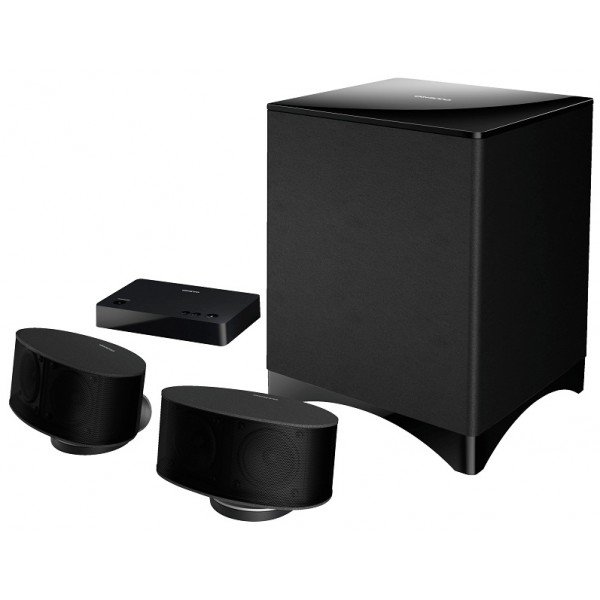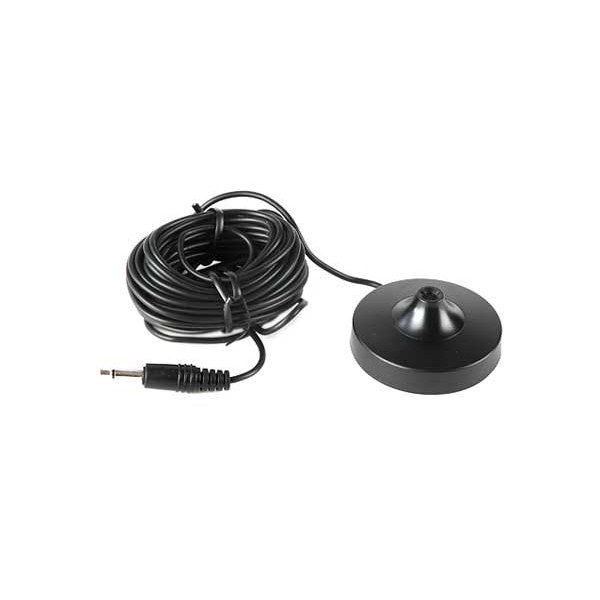Audiovisual refers to anything related to both sound (audio) and images or visual elements. It encompasses various forms of media that combine audio and visual components to convey information, entertain, educate, or communicate messages effectively. Audiovisual content can include:
- Movies and Films: These combine moving images with synchronized soundtracks to tell stories, entertain, or convey messages.
- Television Programs: TV shows, documentaries, news broadcasts, and commercials are examples of audiovisual content designed for television.
- Presentations and Slideshows: Business presentations, educational lectures, and training materials often incorporate both audio narration and visual aids like slides or graphics.
- Multimedia Art Installations: Artistic installations or exhibits may utilize audiovisual elements to create immersive experiences that engage multiple senses.
- Live Performances: Concerts, theater productions, dance performances, and other live events often incorporate audiovisual elements to enhance the audience’s experience.
- Educational and Training Videos: Instructional videos, tutorials, and online courses use audiovisual content to teach concepts or demonstrate procedures.
- Video Games: Video games combine interactive gameplay with audiovisual elements to create immersive experiences for players.
Overall, audiovisual content leverages the combined power of sound and visuals to convey information, evoke emotions, and captivate audiences across various mediums and platforms.







